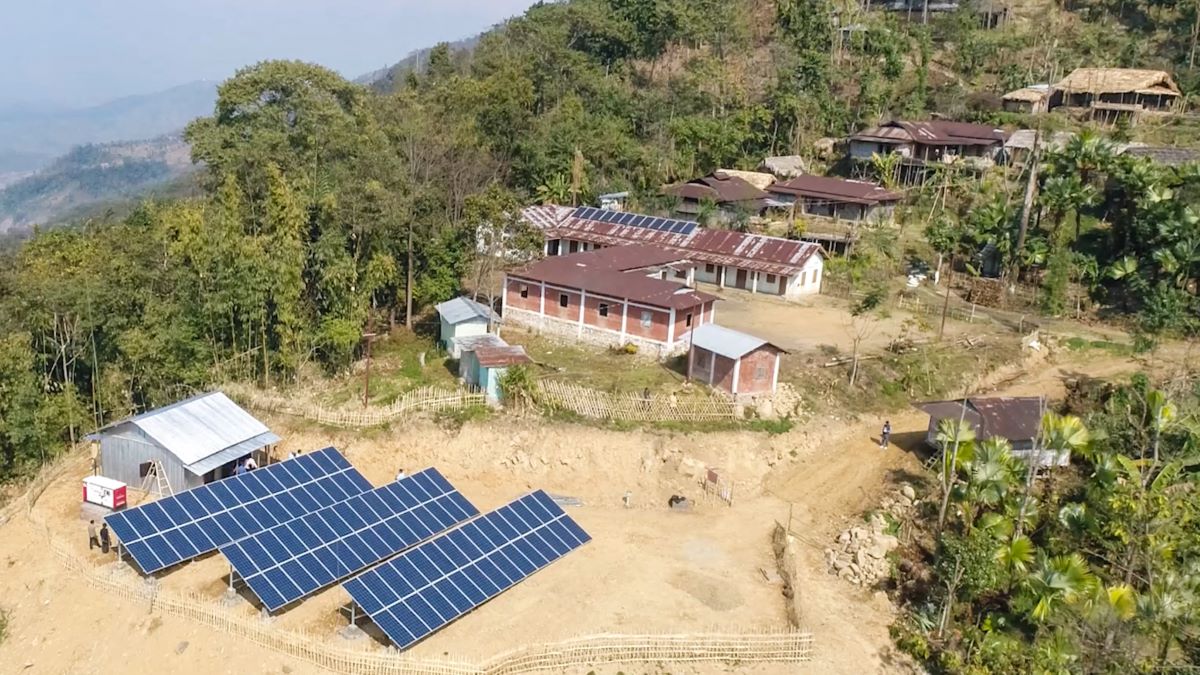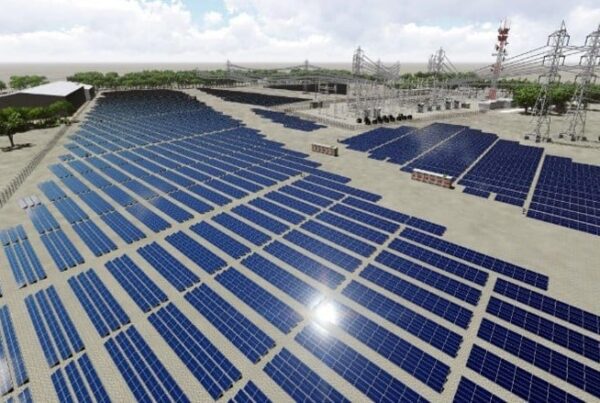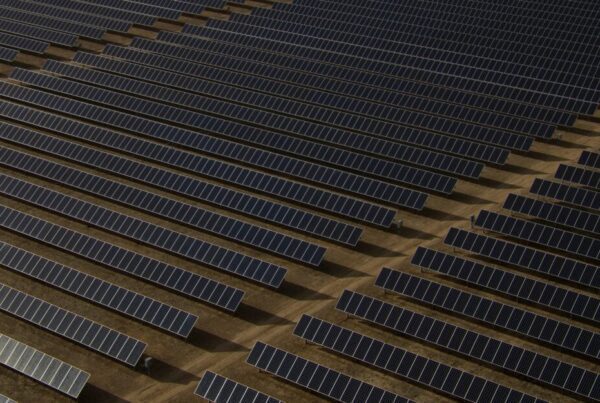
MNRE said that for the purpose of CFA, residential rooftop solar systems will connect to the grid. The systems will be tagged to a residential power connection of a local distribution company and will only include installations on a roof, terrace, balcony or elevated structure.
The modules used in the scheme must satisfy India’s domestic content requirement. Modules must be made from domestically manufactured cells.
Earlier this year, PV Tech Premium examined India’s residential rooftop solar additions announced in the interim budget, and discussed the importance of policy clarity in achieving the country’s energy transition goals.
The PM – Surya Ghar: Muft Bijli Yojana scheme looks to provide this clarity, and to help provide free or low-cost electricity to one million households, and develop the required enabling ecosystem for rooftop solar projects such as regulatory support, manufacturing facilities, a supply chain, vendor network and operation and maintenance facilities.
Meanwhile, the existing Phase II Grid Connective Rooftop Solar Programme, having a budgetary outlay of INR118.1 billion until FY2025-26, will be continued until the launch of the new scheme and will be subsumed in the new scheme after the introduction.
Towards 30GW of rooftop solar capacity
These schemes are part of the Indian government’s effort to install 30GW of rooftop solar capacity by FY2026-27.
Earlier this week, MNRE published its latest figures for clean power capacity additions in India, which show that the country added 15GW of new solar capacity in the 12 months to the end of March 2024. The MNRE’s latest capacity addition figures also compare favourably to historic annual deployment figures from other sources, with the 15GW being the highest for any 12-month period.
These installations have pushed India’s total operating solar capacity to 81.8GW. Of this total capacity, ground-mounted utility-scale plants account for 64.4GW, over three-quarters of the total capacity. Rooftop solar projects account for 11.9GW; off-grid projects account for 3GW; and what the MNRE calls “hybrid projects,” those that include solar alongside other forms of power generation, account for 2.6GW.
| PV Tech publisher Solar Media will be organising the Solar Finance & Investment Asia Summit in Singapore, 24-25 September. The event will bring together the most influential leaders representing funds, banks, developers, utilities, government and industry across the Asia-Pacific region on a programme that is solutions-focused from top to tail. For more information, including how to attend, please check the official website. |





